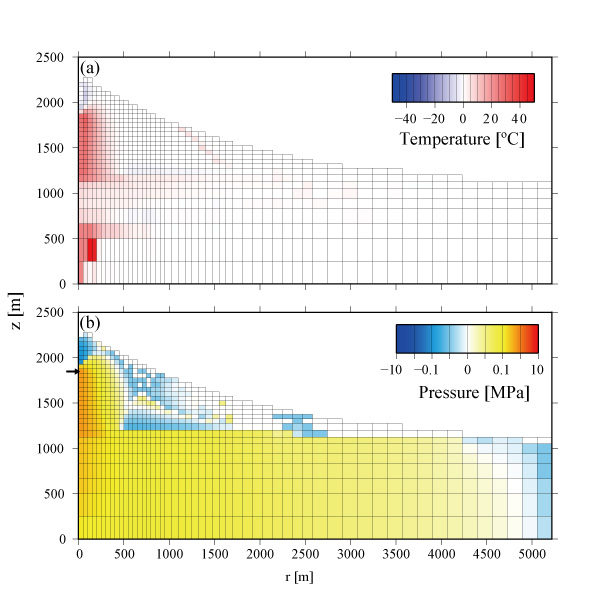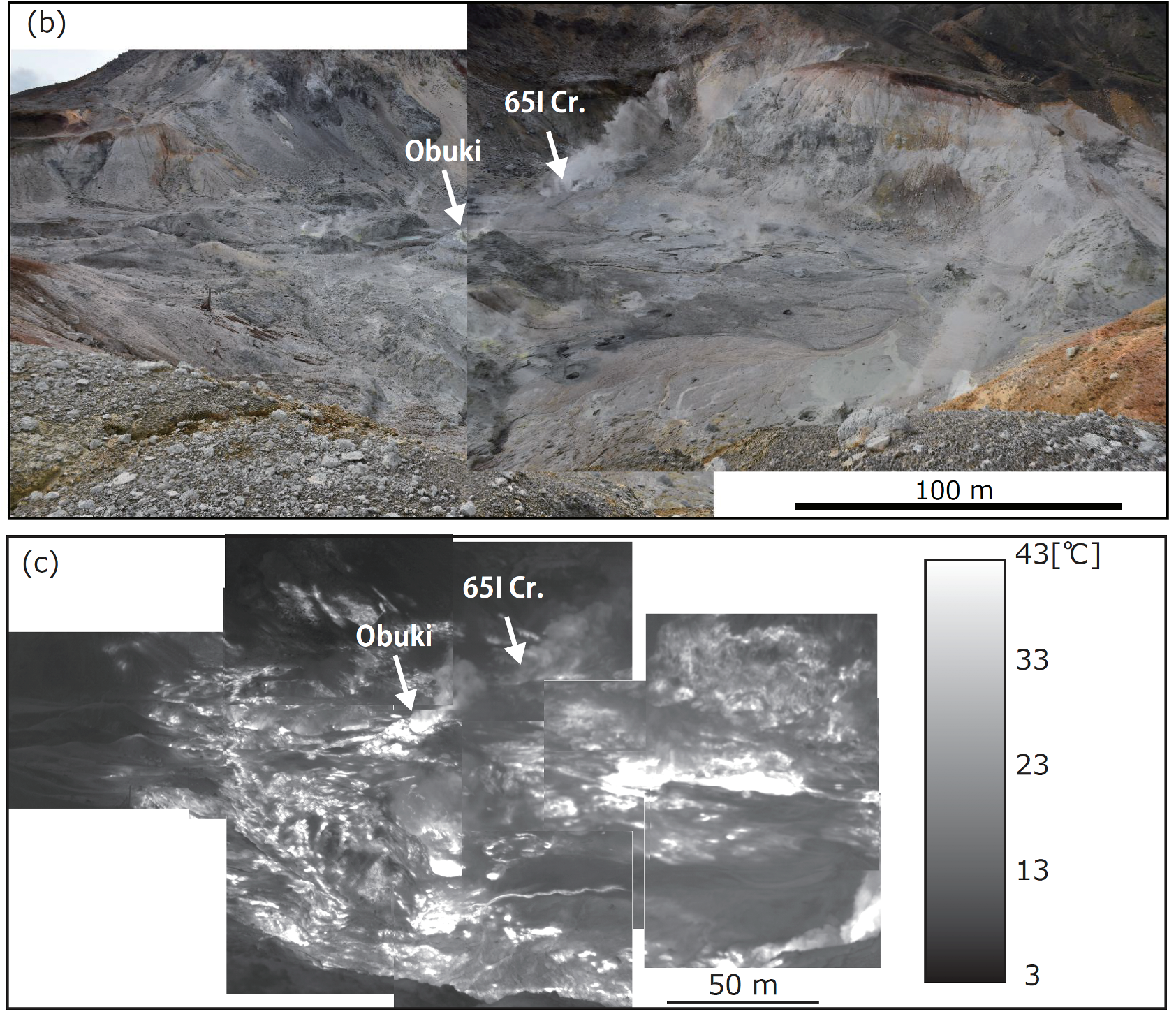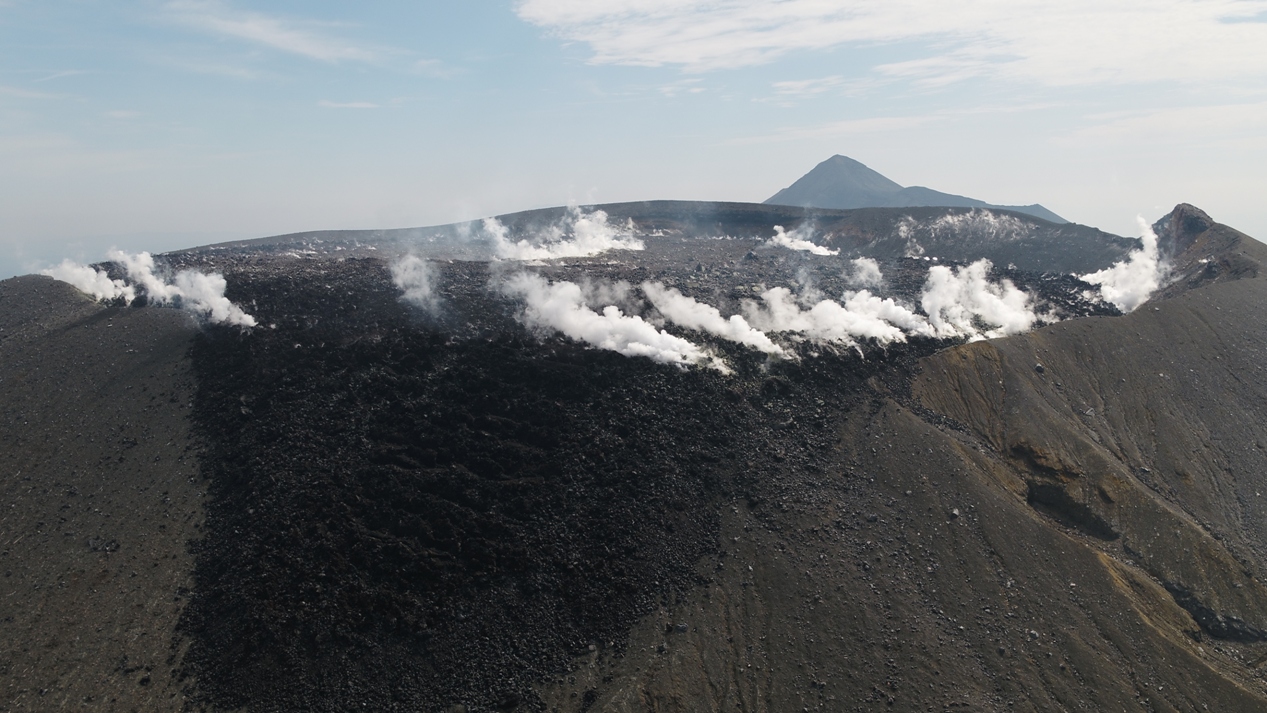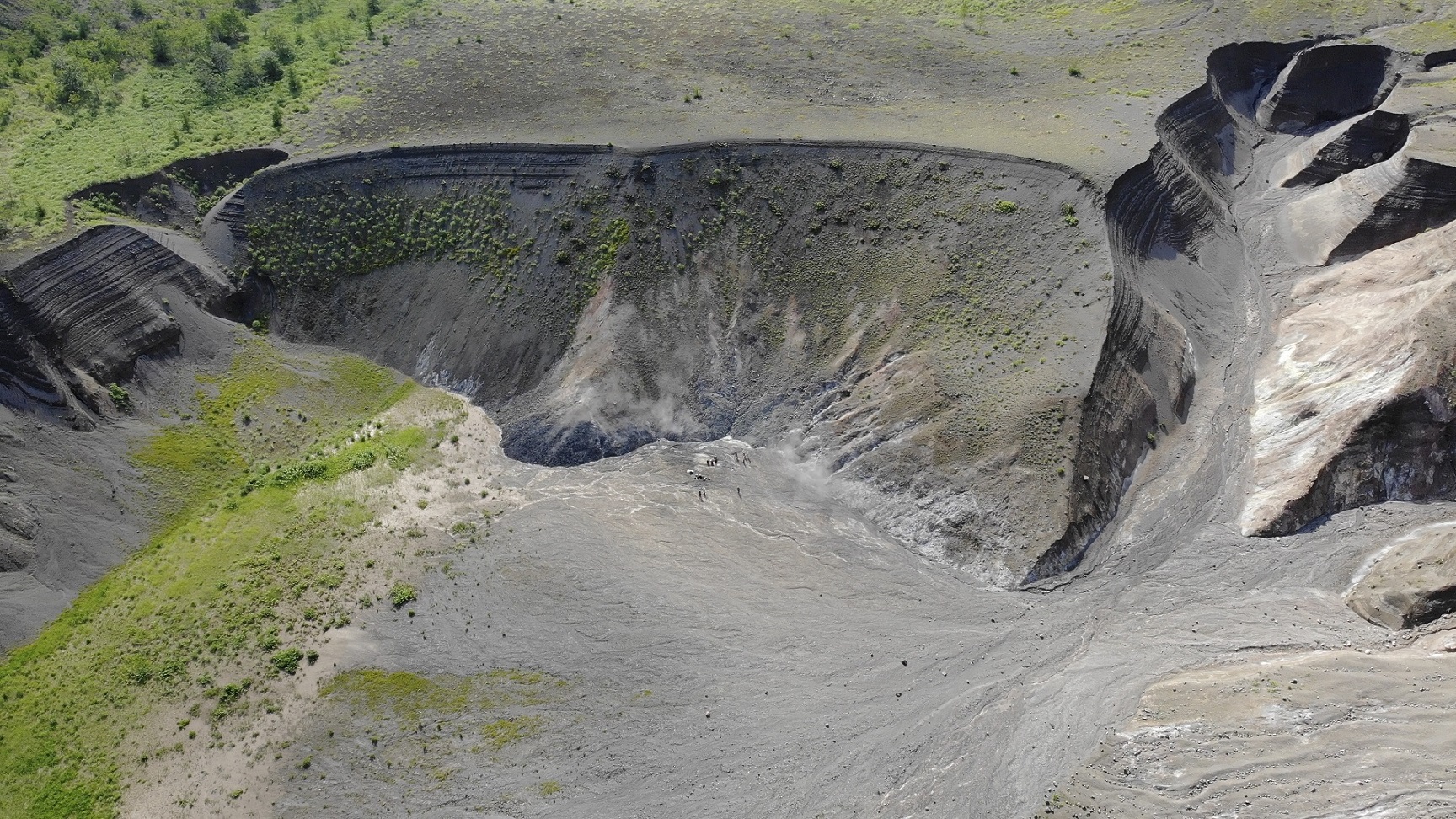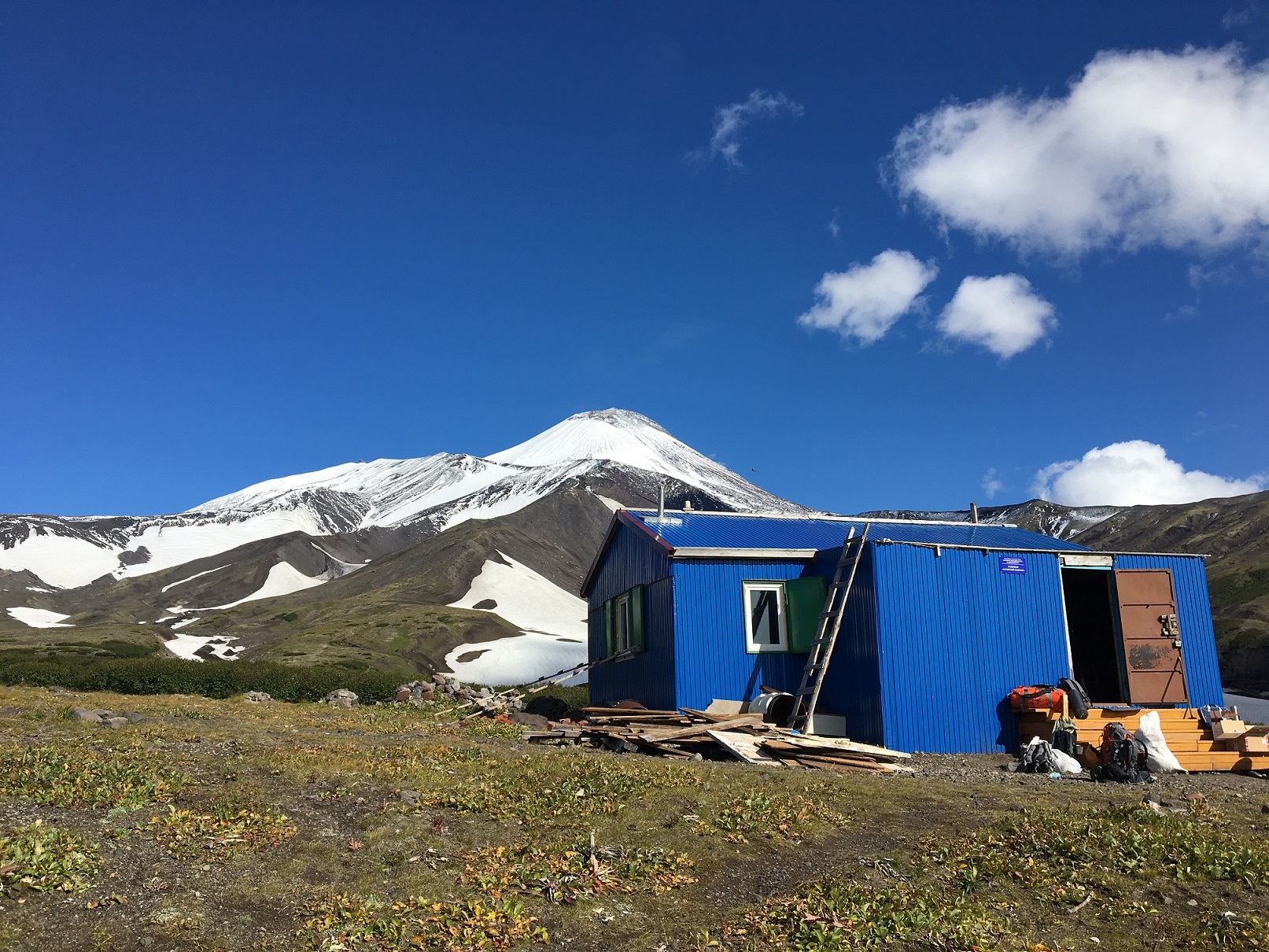TANAKA Ryo
Assistant Professor
Elucidating mechasnisms of volcanic activity by observation and simulation
Institute of Seismology and Volcanology, Volcano Physics
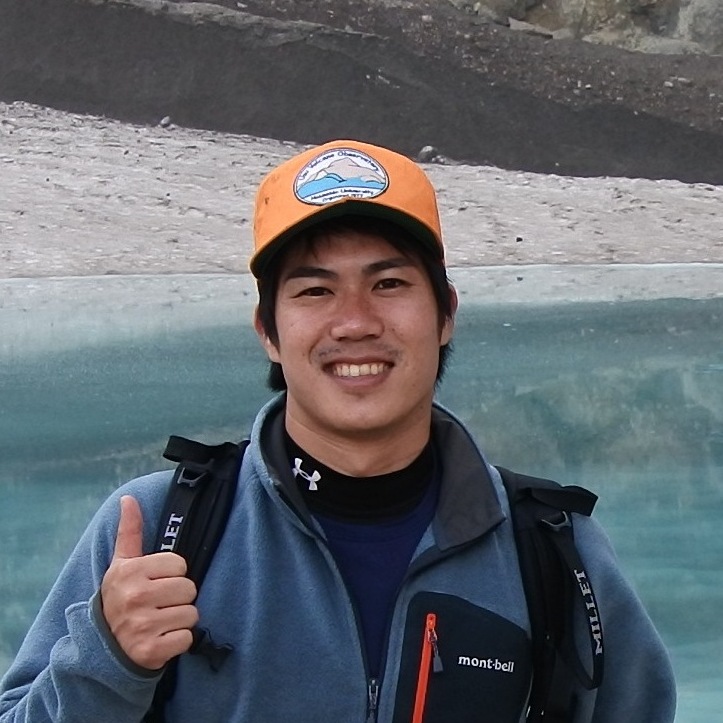
| Theme | Understanding mechanisms of volcanic activity based on numerical simulation of fluid flow and field observation |
| Field | Physical volcanology, Fluid mechanics, Thermodynamics |
| Keyword | Active volcanoes, Eruption forecasting, Volcanic hydrothermal system, Volcano observation |
Introduction of Research
While volcanoes give us benefits such as magnificent landscapes and hot springs, they can be a threat when they erupt. It is important to predict volcanic activity in order to maximize benefits and minimize threats. Many observations have been made to predict the onset and the sequence of the eruption, and for some volcanoes, it has gradually been known what would be observed before the eruption. However, if the earthquake increases, if the ground inflates, it does not always lead to an eruption. In order to predict the next activity from the observation, it is necessary to clarify the underground mechanism to explain the observed value. Therefore, using a method called a numerical simulation of hydrothermal flow, we investigate how hydrothermal fluid behaves inside the volcano and how it affects ground observation during inter-eruptive stage (Fig. 1). At the same time, we obtain the data at some volcanoes for the numerical simulation of hydrothermal flow and elucidation of the mechanism of volcanic activity (Fig. 2). Recently, I am also challenging volcano observation using a drone.
Representative Achievements
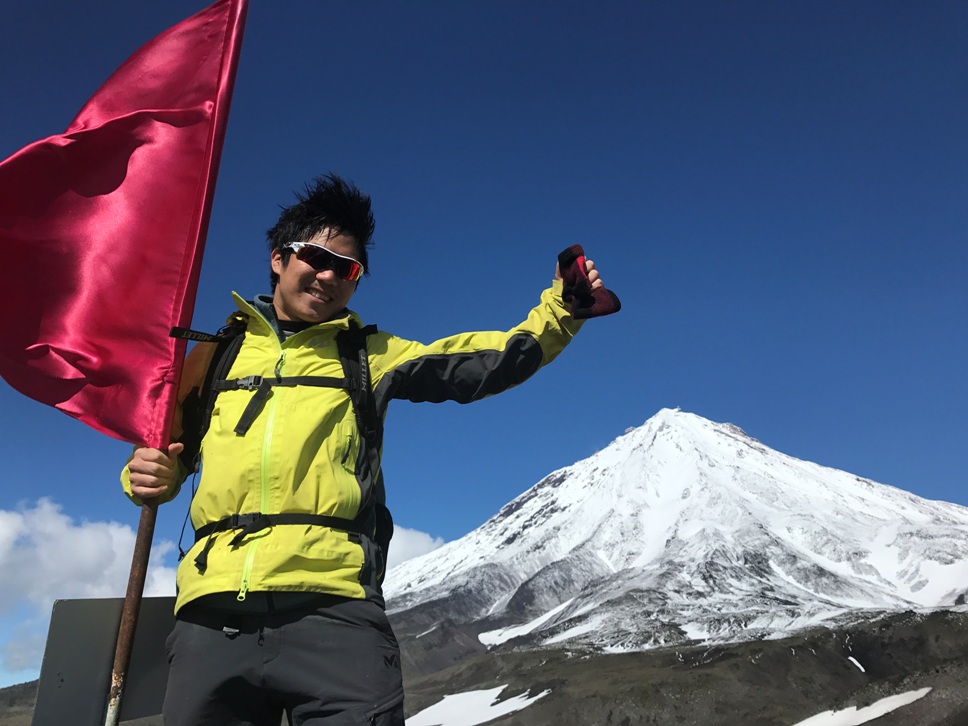
| Academic degree | Ph. D. (Science) |
| Self Introduction | I am from Saitama. I played football (soccer) until high school and American football at Hokkaido University. Now, my hobby is Yoga and bouldering. |
| Academic background | 2012 Graduated. School of Science, Hokkaido University 2014 Master course finished. Graduate school of Science, Hokkaido University 2017 Doctoral course finished. Gratduate school of Science, Hokkaido University 2017-2019 Researcher, Faculty of Science, Hokkaido University 2019-Present Assistant Professer, Institute of Seismology and Volcanology, Faculty of Science, Hokkaido University |
| Affiliated academic society | The Volcanological Society of Japan |
| Room address | Faculty of Science Builting 4 4-312 |

